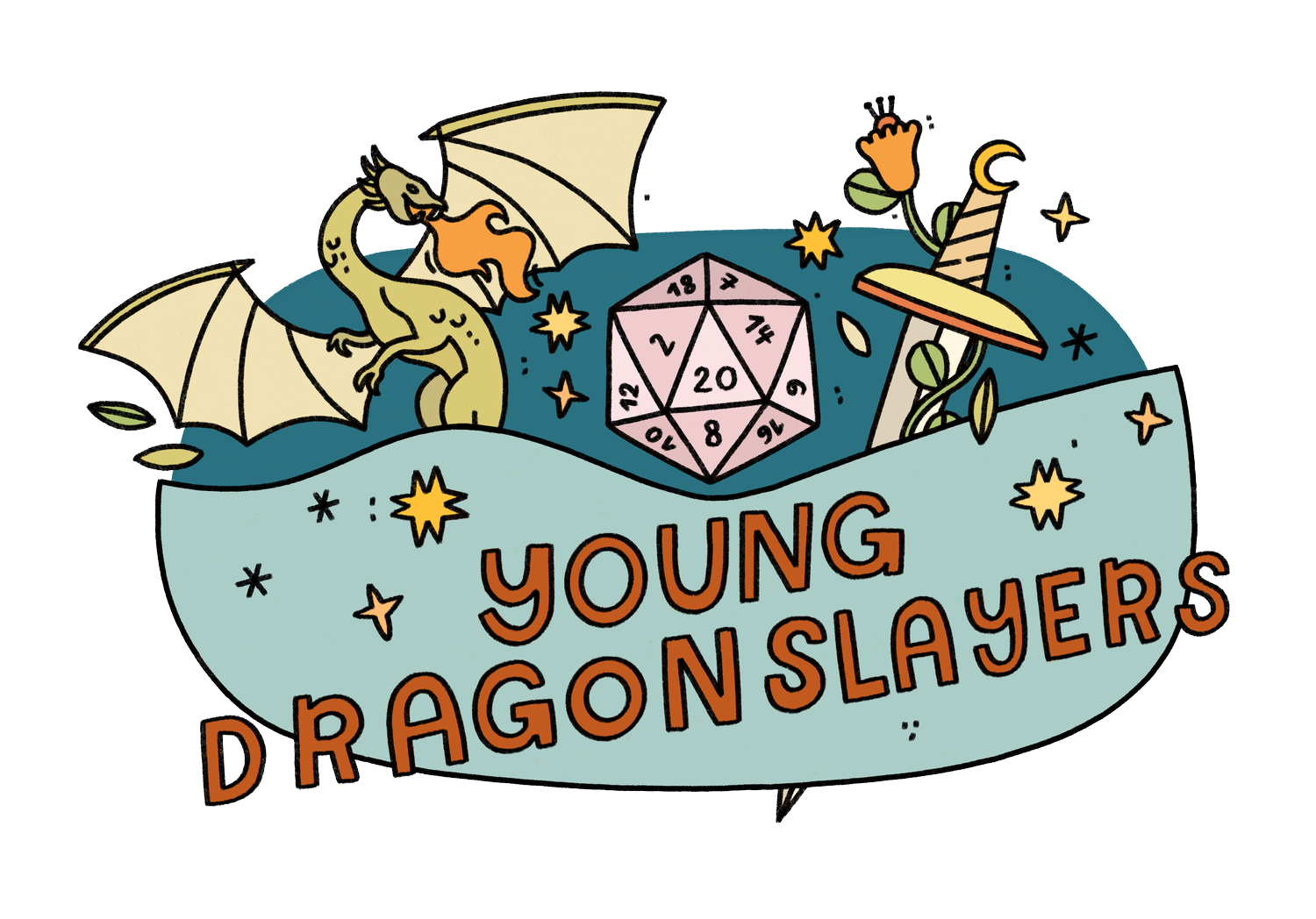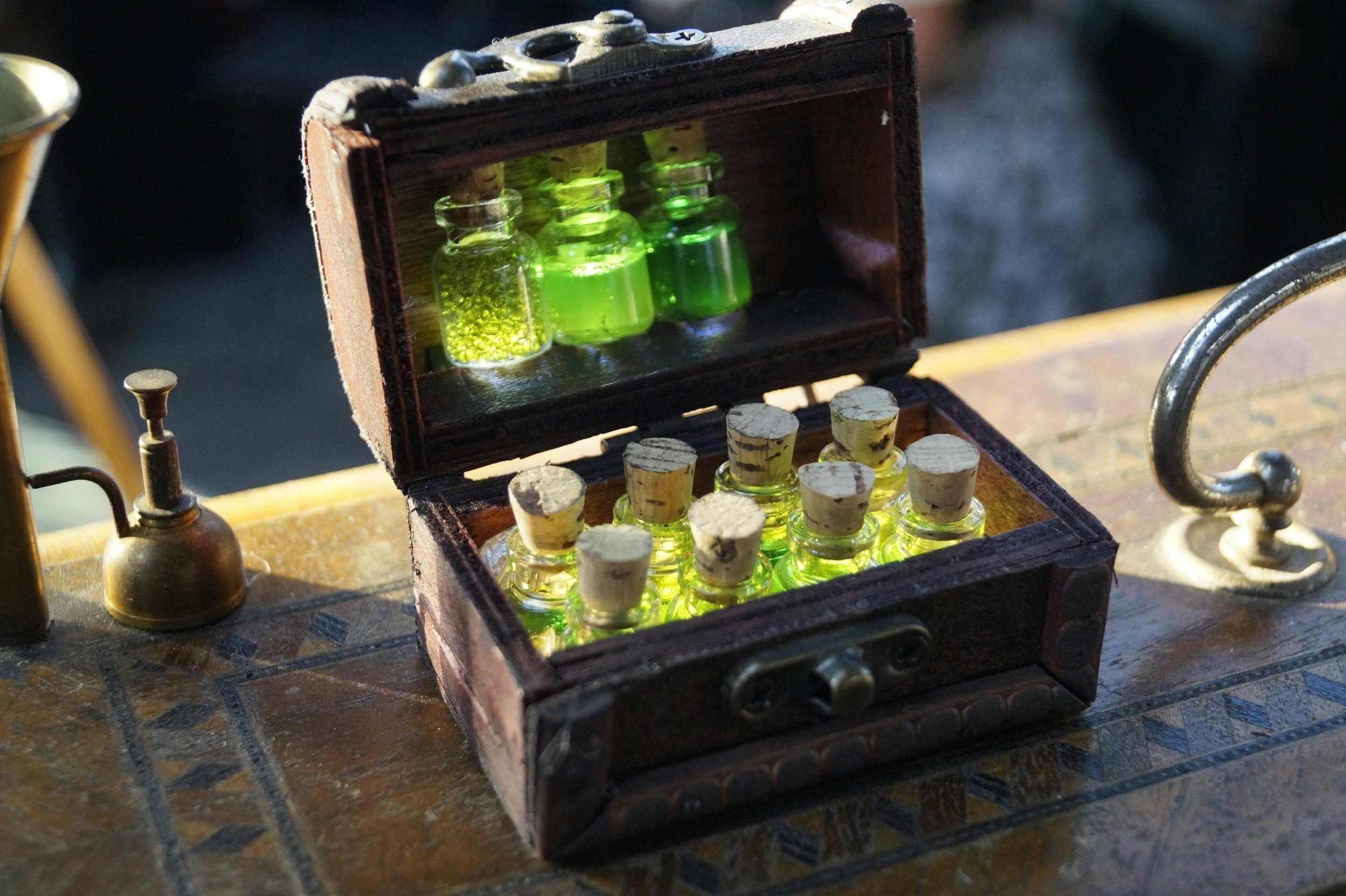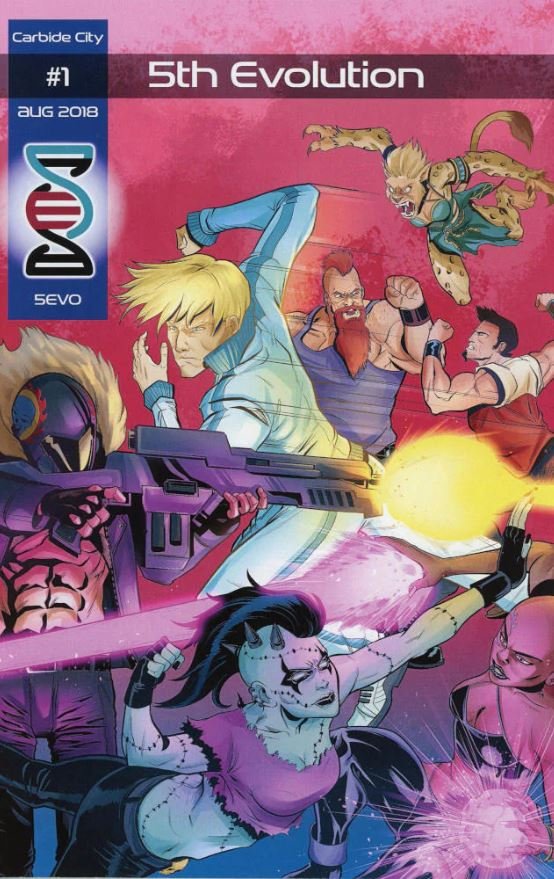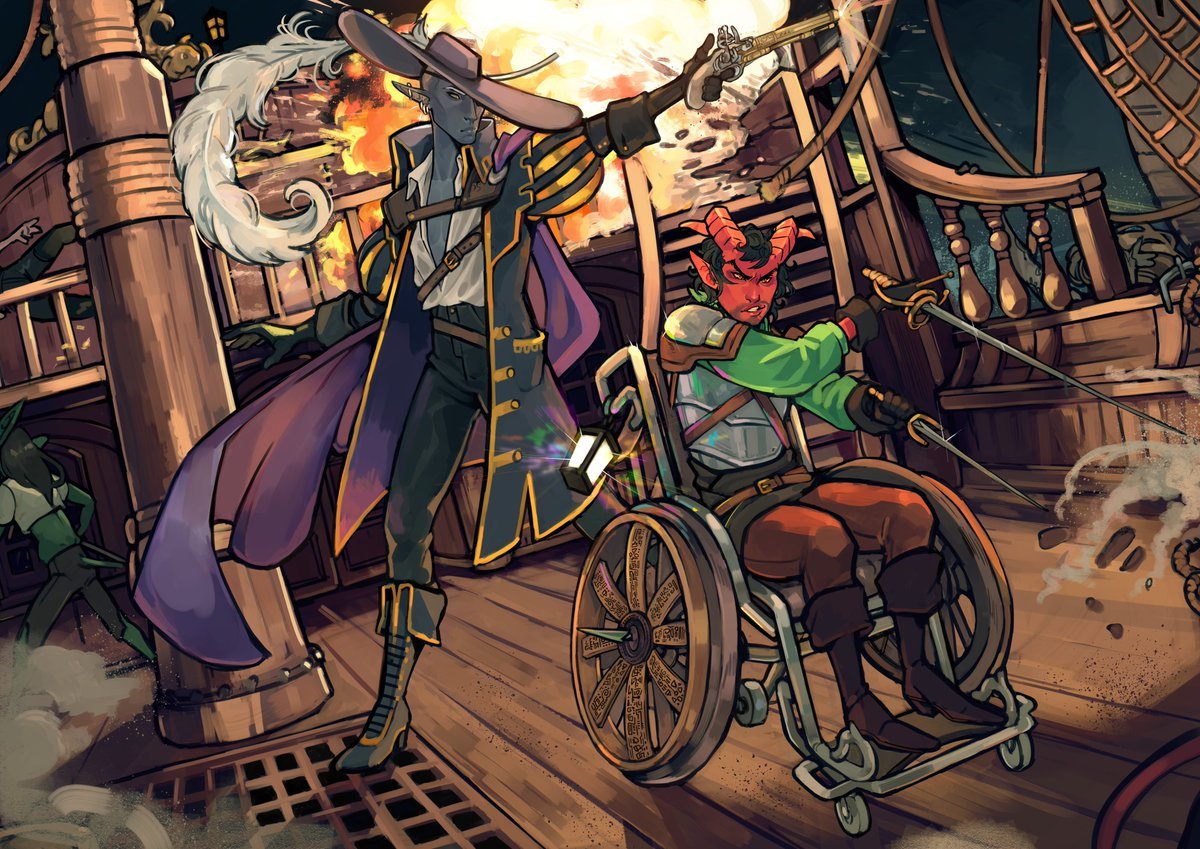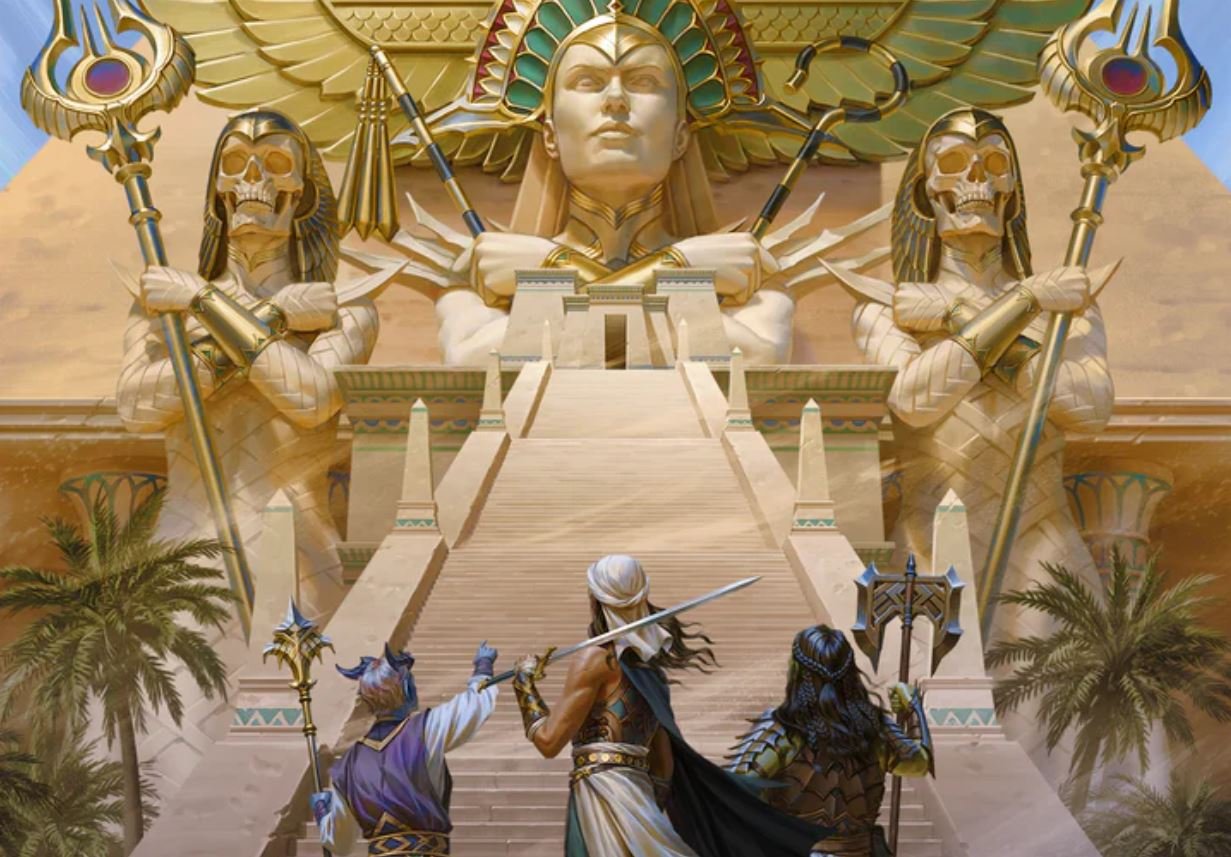The Pros and Cons of D&D Homebrewing (for Dungeon Masters)
This is the second in a two-part series. You might also be interested in The Pros & Cons of D&D Homebrewing (for Players).
There are a plethora of official Dungeons & Dragons materials for Dungeon Masters to use in their game - take a dramatic enemy from the Monster Manual, a magic item from Tasha’s Cauldron of Everything, or even an entire adventure from Waterdeep: Dragon Heist. But sometimes these elements don’t fit a DMs vision for the game - so they create their own. These materials are called homebrew; they are made by individual players to use in home games and share on on sites like Tumblr, Reddit, DMs Guild, or D&D wikis, and some by professional companies like Kobold Press, Green Ronin, and MCDM Productions. These materials have the potential to spark your creativity and breathe new life into your Dungeons & Dragons games…but they could potentially take an already-great game and ruin it for everyone. Here’s what you need to know if you’re thinking about incorporating homebrew into your D&D campaign.
Homebrewed Enemies for D&D
Perhaps one of the most popular categories to create homebrew materials for is enemies. Whether a terrible monster, a talented magician, or even a powerful political figure, finding creatures to challenge your party - and putting them into play during combat and other encounters - is a classic part of being a Dungeon Master. But the offerings in official materials are limited, and they usually revolve around fantasy creatures like dragons and ogres. Homebrewed materials lets you include things like a Kitsune, a zombie dragon, or even a Pokemon! By looking through others’ materials or creating your own, you can add all kinds of enermies for your party to fight!
Homebrewed Items for D&D
If your players are anything like mine, they will ask you the same question whenever they defeat a cool enemy, travel through the wilderness, or even just walk into a new room. “Are there any cool items here?” Awesome items are a great way to reward your players for engaging with your game. But they are also great ways to give interesting flavor and details to a character and their abilities without messing with their core class, features, or abilities.
While items in D&D can be weapons, like a mace that irradiates undead, a dagger drawing power from the negative plane, and a vampiric spear that sucks the life from your enemies, they can also be more creative, like a flask that produces a constant stream of water, a wand that dips into chaos magic, and a rod that magically fixes in place. Homebrew items include a greater variety of loot to give your players, from a jet pack to a potion that lets you see the future to a Sheikah Slate (with all of the rune abilities from Breath of the Wild)!
Homebrewed Adventures for D&D
Sitting behind a Dungeon Master's screen with expectant faces staring back at you can be very intimidating - especially if you haven't done it before or you're still getting used to the mechanics and rules of the game. Many first-time Dungeon Masters want to play as soon as possible without worrying about getting a whole campaign plot together. This is where adventures come in.
An adventure, sometimes known as a module, is a story that is written ahead of time, complete with monster statistics, maps, and tons of details about dice rolls, non-players characters, and more. There are tons of creative minds out there coming up with cool ideas for D&D tables. This content can stick to the typical D&D fare - stories about a siren's curse, an icy dungeon, or the feywild - but they can also come up with new cool ideas for the game, - like stories about a mecha dragon, a city of superheroes, or a world inside the mind of a powerful mage.
Homebrewed NPC Options for D&D
There are many options for creating characters (particularly player characters) in Dungeons & Dragons. We went over many of the homebrew character customization options in our blog post about player homebrew, so we won't repeat ourselves here, but know that, if your players have specific ideas for their characters (or if you have a neat idea in mind for an NPC!), options like race, class, and background can all be homebrewed to craft the exact character you - or your players - want.
Weigh the Benefits with the Drawbacks
The benefits of using homebrewed D&D materials are pretty clear. They’re great ways to bring fresh concepts into your games and surprise your players with things they haven’t seen before. Perhaps more importantly, they can give you ideas for your sessions - or even enable you to bring your ideas to life in ways that the official D&D materials don’t facilitate.
But plugging homebrew materials into your own campaign isn't always a breeze. Anybody can make and post homebrew materials, so many of them are very unbalanced or otherwise poorly designed. It can be frustrating to try and introduce a new element to your games only to have it essentially break the game: giving one player way too much power, not working with the base game, or turning difficult challenges into trivial endeavors. If you decide to create them yourself, you’ll be in for a lot of time and work to make sure you avoid these very same pitfalls.
Learn How to DM a Homebrew Campaign!
Every Dungeon Master gets to choose how to run their D&D campaigns, so you will have to decide for yourself if you’ll introduce homebrew and, if so, how you want to do it. If you'd like to learn to be a DM, we recommend our Learn to DM blog series as well as our Dragon Leaders course, where you’ll learn to come up with, balance, and implement your cool campaign ideas.
If you're not sure you want to jump into the deep end of DMing, myself and the other DMs at Young Dragonslayers have got you covered. Each of our campaigns is customized to the players, so we can help you develop your homebrew ideas (plus show you some of our own)!
